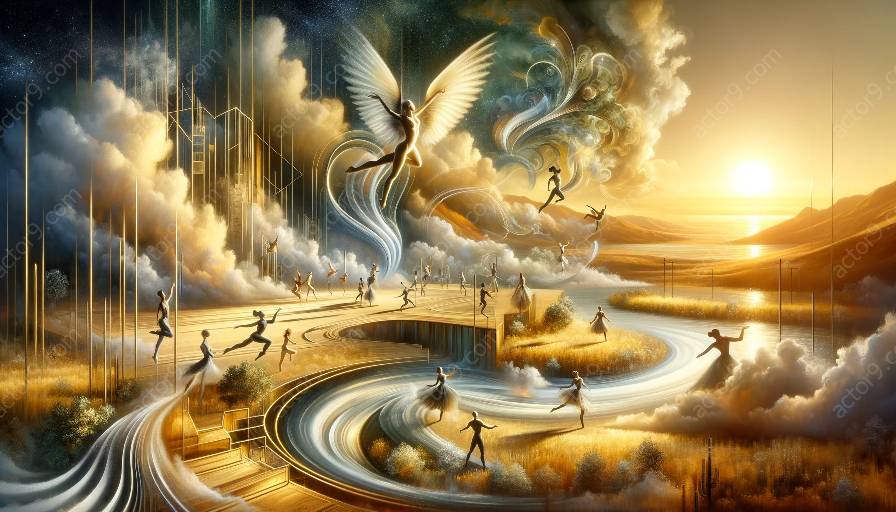Introduction to Interdisciplinary Collaboration in Physical Theatre and Circus Arts
Interdisciplinary collaboration in physical theatre and circus arts represents a unique fusion of artistic expression, blending the diverse elements of storytelling, movement, acrobatics, and more. This dynamic intersection creates a powerful platform for creativity and innovation, providing artists with opportunities to explore new forms of expression across traditional boundaries.
Exploring the Intersection of Physical Theatre and Circus Arts
At the intersection of physical theatre and circus arts lies a captivating blend of physicality, narrative, and performance. Physical theatre, characterized by its emphasis on physical movement and expression, converges with the circus arts, known for its acrobatic and aerial feats, to create a rich tapestry of artistic possibilities. This synergy encourages performers to expand their repertoire and explore the boundaries of their craft.
The Fusion of Acrobatics, Movement, and Storytelling
Interdisciplinary collaboration in physical theatre and circus arts fosters the integration of acrobatics, dynamic movement, and compelling storytelling. This fusion allows performers to engage audiences on multiple levels, weaving together captivating narratives with breathtaking physical feats. The result is a multidimensional and immersive theatrical experience that pushes the boundaries of traditional performance art.
Impact of Interdisciplinary Collaboration
The impact of interdisciplinary collaboration in physical theatre and circus arts extends beyond the creative process, influencing the development of new techniques, styles, and narratives. This collaborative approach encourages artists to draw inspiration from diverse sources, leading to unexpected and innovative artistic breakthroughs. Moreover, the exchange of skills and ideas among practitioners fosters a culture of continuous learning and growth within these dynamic artistic disciplines.
Conclusion
Interdisciplinary collaboration in physical theatre and circus arts offers a dynamic and ever-evolving landscape for artists to push the boundaries of traditional performance. By embracing the intersection of physical theatre and circus arts, performers can harness the power of collaboration to create unforgettable experiences that inspire, entertain, and challenge the imagination.




































